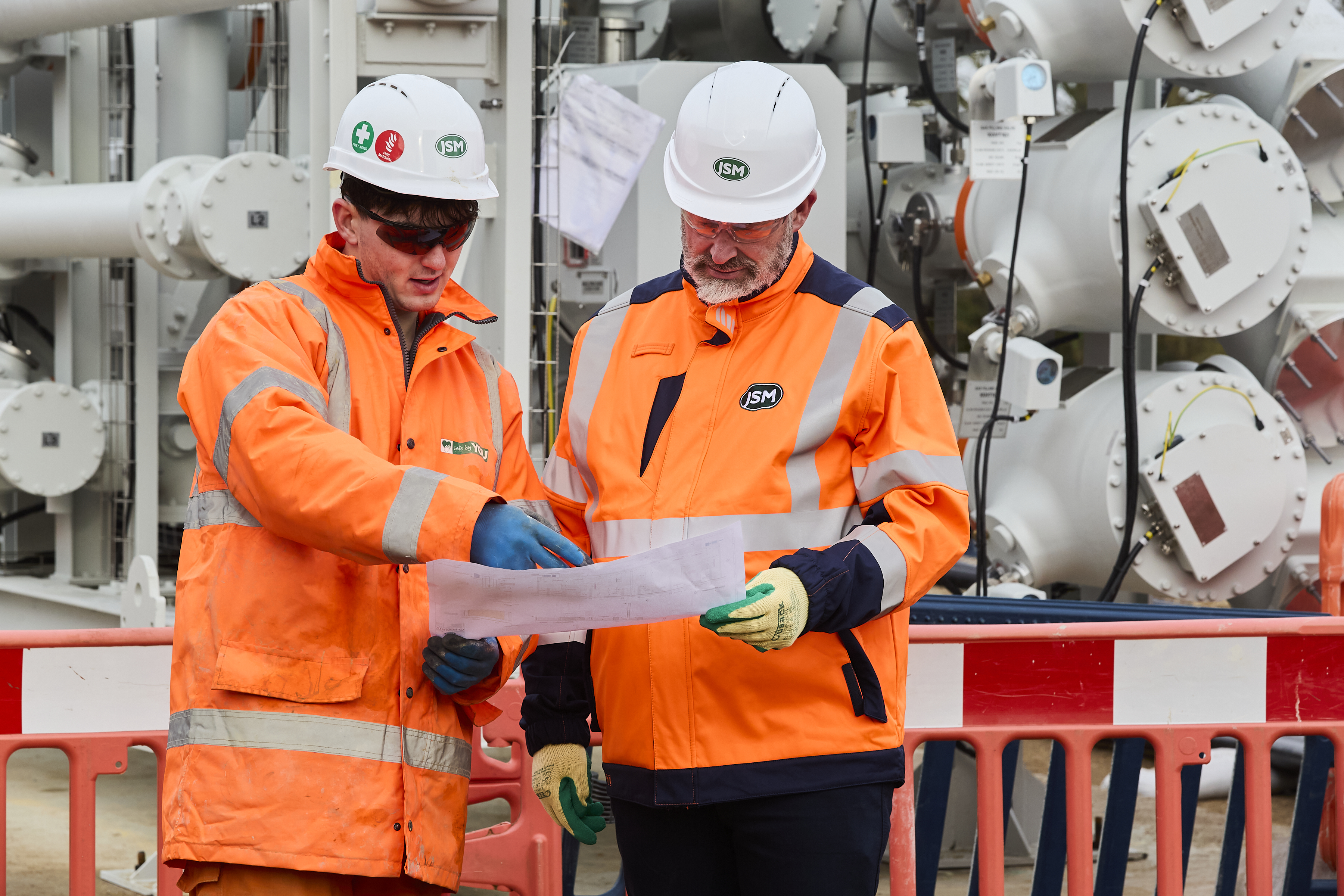The modern world’s energy demands are evolving rapidly, driven by the rise of data centres, battery plants, and renewable energy projects.
These developments are placing unprecedented pressure on network capacity and grid infrastructure.
At the same time, speculative practices, such as “Zombie Projects” where planning approvals for solar farms or grid connections are obtained with no intention of timely implementation, are exacerbating these challenges. Such projects often lead to grid congestion and delay the progress of critical infrastructure.
In conjunction with Building Magazine, JSM is hosting a roundtable discussion on 23 April 2025 with other industry experts to explore who are the winners and losers, and will the UK end up with what it needs to meet the climate challenge and demand for digital services (data storage and AI) as well as housing and commercial growth?
We will be looking at:
Understanding network capacity challenges
- Highlight the increasing demand for grid connections due to rapid growth in data centres and battery plants, which are pivotal for a digitised and renewable energy future.
- Discuss the implications of “Zombie Projects,” where planning approvals for solar farms or grid connections are sought as speculative investments rather than active developments.
- Example: Applications for approvals without a clear timeline for implementation.
- Impact on grid congestion and delays for critical infrastructure projects.
Identifying and prioritising critical infrastructure
- Examine the importance of prioritising projects based on clear milestones and timelines.
- Example: Linking grid connection priority to demonstrated project progress (e.g., secured funding, and planning consents).
- Explore frameworks for assessing the criticality of infrastructure projects to energy security and societal needs.
- Example: Data centres as essential for the digital economy; battery plants for energy storage and grid stabilisation.
Policy and regulatory strategies
- Discuss the role of policy in mitigating “Zombie Projects.”
- Consider regulatory changes to streamline grid connection processes for projects with proven milestones.
Technological and collaborative solutions
- Highlight innovative solutions to optimise grid capacity:
- Grid management technologies and dynamic load balancing.
- Collaborative approaches between utilities, developers, and governments to improve transparency in grid allocation.



